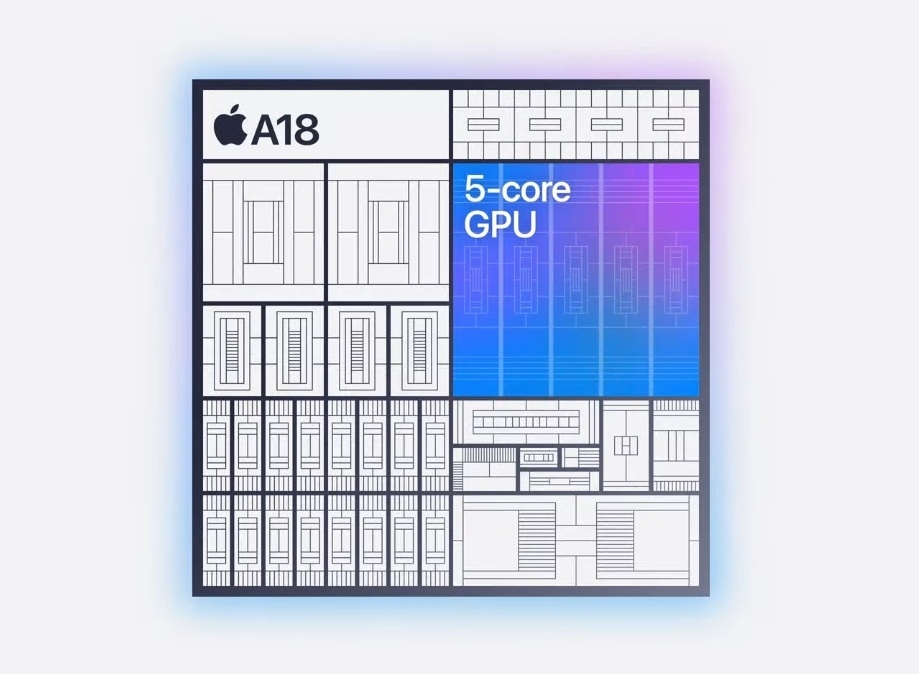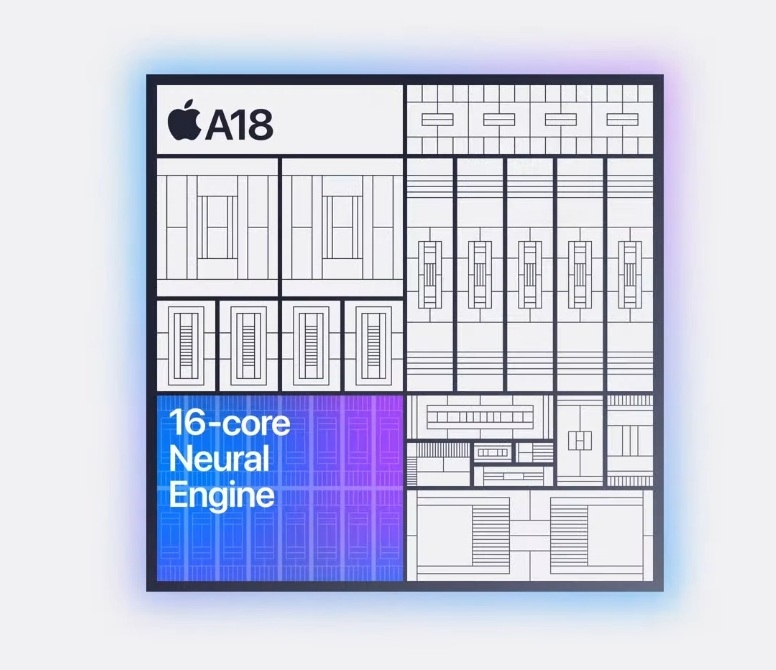Apple finally unveiled the iPhone 16 and iPhone 16 Pro models, laced with cool Apple Intelligence features. The iPhone 16 and 16 Plus models are powered by the new A18 chipset and the iPhone 16 Pro and 16 Pro Max feature the more powerful A18 Pro chipset. But what is the difference between A18 and A18 Pro? To answer your question, we have compared the A18 and A18 Pro considering their performance and efficiency. So without further ado, let’s get started.
A18 vs A18 Pro: Specs Comparison
| A18 | A18 Pro | |
|---|---|---|
| CPU | Six-core CPU (2+4) | Six-core CPU (2+4) |
| CPU Cores | 2x Performance cores 4x Efficiency cores | 2x Performance cores 4x Efficiency cores |
| Process Technology | TSMC’s 3nm process (N3E) | TSMC’s 3nm process (N3E) |
| GPU | Apple 5-core GPU Hardware-accelerated Ray Tracing | Apple 6-core GPU Hardware-accelerated Ray Tracing |
| Memory Support | LPDDR5X, up to 7500 MT/s | LPDDR5X, up to 7500 MT/s |
| Machine Learning and AI | 16-core Neural Engine; 35 TOPS | 16-core Neural Engine; 35 TOPS |
| Modem | Snapdragon X75 5G modem (likely) Up to 10 Gbps Peak Download Up to 3.5 Gbps Peak Upload | Snapdragon X75 5G modem (likely) Up to 10 Gbps Peak Download Up to 3.5 Gbps Peak Upload |
| Connectivity | Wi-Fi 7, Bluetooth 5.3 | Wi-Fi 7, Bluetooth 5.3 |
A18 vs A18 Pro: CPU
The new A18 chipset for iPhone 16 and 16 Plus seems to be a binned version of the more powerful A18 Pro. Both chipsets are manufactured on TSMC’s second-gen 3nm (N3E) process node and pack six CPU cores including 2x performance cores and 4x efficiency cores. While currently we don’t know the CPU frequency of A18 and A18 Pro, Apple may (or may not) have downclocked the CPU frequency on A18.

Apple didn’t compare the A18 chipset with the A18 Pro, instead measured its performance against the two-year-old A16 Bionic. The A18 chipset is 30% faster than the A16 Bionic. If we analyze the numbers, it appears that A18 matches A18 Pro’s CPU performance. However, Apple says the A18 Pro has a larger cache so at best, the performance difference could be in the range of 5 – 10%.
Nevertheless, the A18 consumes 30% less power than the A16 Bionic so in terms of efficiency too, the new A18 processor is quite good.
A18 vs A18 Pro: GPU
Moving to GPU, Apple has included a 5-core GPU on the A18 and a 6-core GPU on the A18 Pro. Both chipsets support hardware-accelerated Ray Tracing, however, graphics performance should be slightly better on the Pro model due to one extra core.
But when compared to the A16 Bionic, the A18 chipset offers a whopping 40% uplift in graphics performance, which is pretty substantial. And it draws 35% less power.

On top of that, both A18 and A18 Pro have access to 17% faster LPDDR5X memory, which should enable them to achieve better graphics performance. I would say that the A18 GPU is slightly behind the 6-core GPU on the A18 Pro, but much faster and more efficient than A16 Bionic and A17 Pro.
A18 vs A18 Pro: Neural Engine

The Neural Engine is identical on both A18 and A18 Pro. Apple says the 16-core Neural Engine on both chipsets can perform up to 35 trillion operations per second (TOPS). Coupled with faster memory, the Neural Engine can power most Apple Intelligence features on the device. Compared to A16 Bionic’s Neural Engine, the A18 Pro is 2x faster in AI/ML tasks which is a big jump in on-device AI capability.
A18 vs A18 Pro: Connectivity
On the connectivity side, the 5G modem is also the same on the A18 and A18 Pro. Apple is likely using Qualcomm’s Snapdragon X75 5G modem. The modem is designed based on 3GPP Release 17 and Release 18 specifications and promises better coverage and speed. You also get Wi-Fi 7 and Bluetooth 5.3 on both chipsets.
Wrapping Up
To conclude, the A18 chipset is a slightly scaled-down version of the A18 Pro. The CPU performance — if it’s underclocked — should still be faster than A17 Pro. And with a 5-core GPU, it comes close to A18 Pro’s graphics performance. Not to mention, you also get Ray Tracing and an internal thermal substructure for better dissipation of heat.
Overall, I am very impressed with the A18 and A18 Pro chipset. Both chipsets deliver flagship-level performance with some minor downgrades.
Today’s Wordle Answer And Hints (September 10, 2024)
NYT Strands Today: Hints, Answers & Spangram For August 18
NYT Connections Today: Hints And Answers For September 10, 2024


